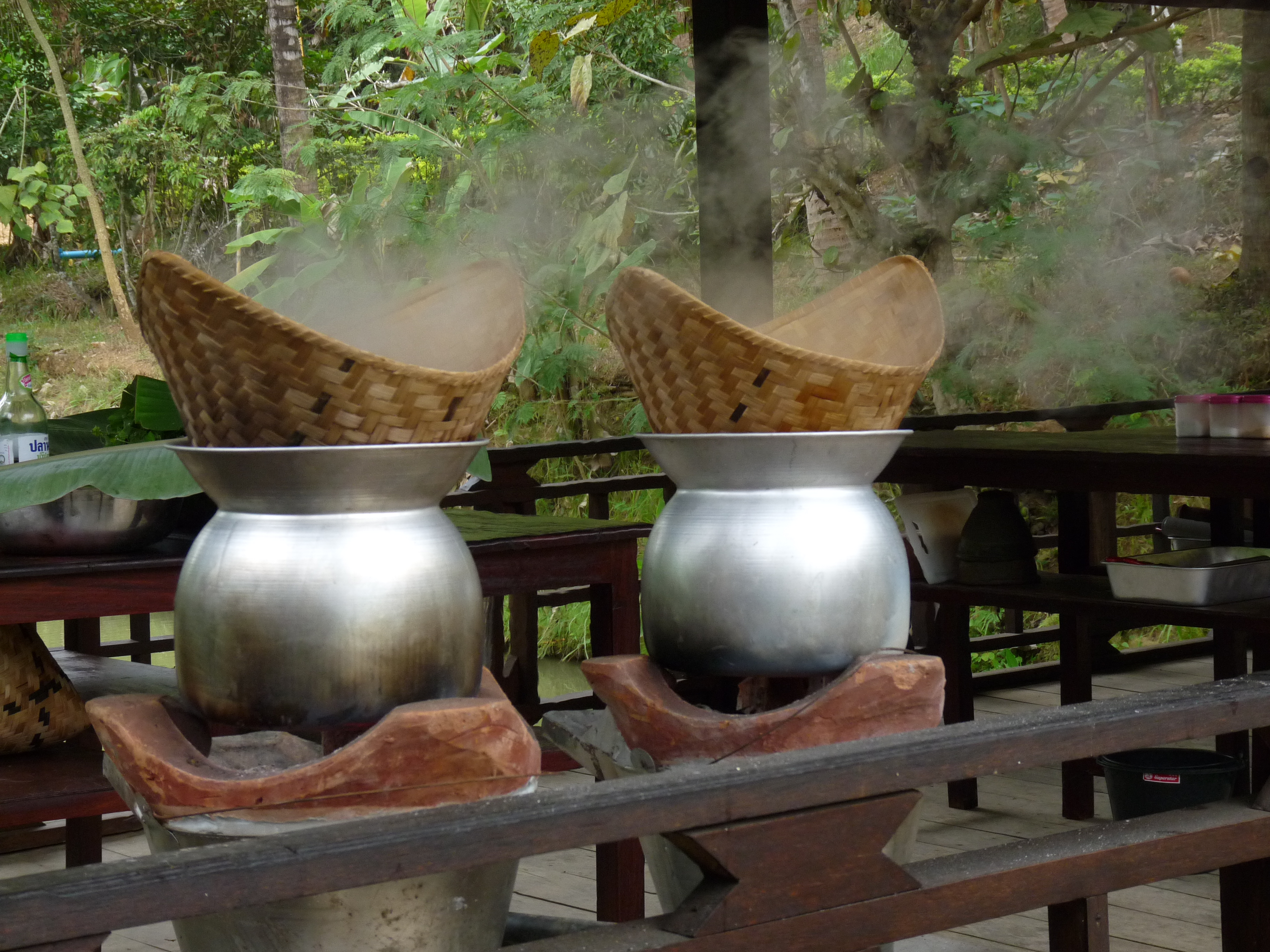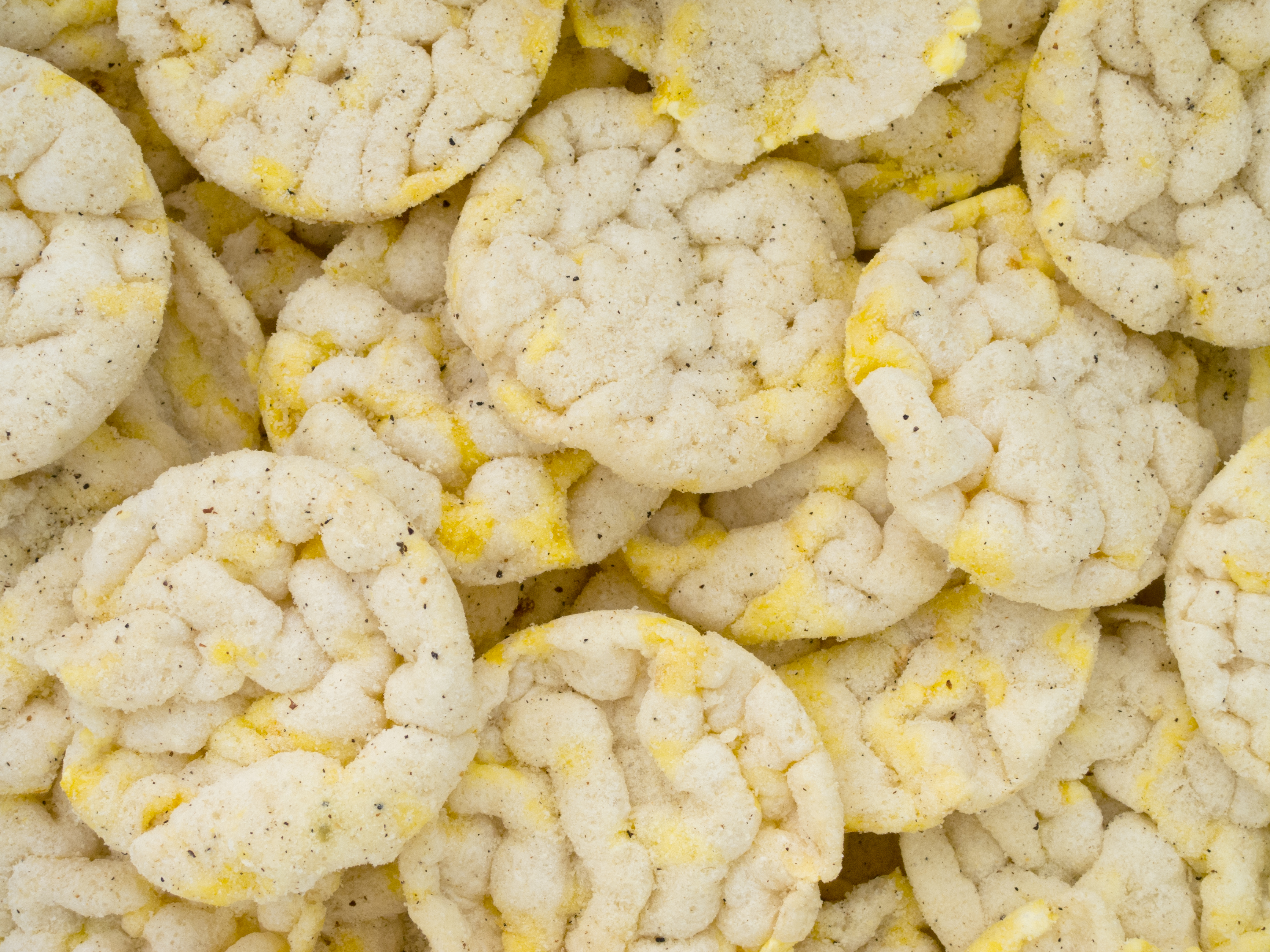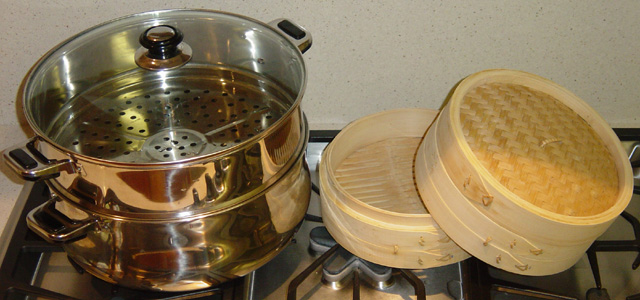|
Puto Calasiao
''Puto Calasiao'' is a type of Filipino soft steamed rice cake; that is well known all over the Philippines for its melt-in-the-mouth feeling. It is a type of '' puto'' (steamed rice cake) shaped in small bite-sized portions. Etymology The name is derived from Tagalog '' puto'' (steamed rice cake) and ''Calasiao'' the place of its origin. Description ''Puto Calasiao'' is a type of ''puto'' (steamed rice cake) that are shaped in small bite-sized portions that is made out from a semi-glutinous rice that is soaked in water, ground and fermented in earthen jars for three days or more, with just enough sugar to taste, and steamed. It can be topped with cheese or drizzled with chocolate syrup for variation. The ''Puto Calasiao'' tradition started dates back from about 1900s, and it originated from the place of Calasiao from the province of Pangasinan where its namesake comes from. It is the town's "white gold" and iconic food. It is known for its sweet, fluffy, chewy, cup-shaped, ... [...More Info...] [...Related Items...] OR: [Wikipedia] [Google] [Baidu] |
Rice Cake
A rice cake may be any kind of food item made from rice that has been shaped, condensed, or otherwise combined into a single object. A wide variety of rice cakes exist in many different cultures in which rice is eaten. Common variations include cakes made with rice flour, those made from ground rice, and those made from whole grains of rice compressed together or combined with some other binding substance. Types of rice cakes by region Types of rice cake include: Burmese Burmese cuisine has a variety of snacks and desserts called ''mont'' made with various types of rice, rice flour and glutinous rice flour. Sweet Burmese ''mont'' are generally less sweet than counterparts in other parts of Southeast Asia, instead deriving their natural sweetness from constituent ingredients (e.g., grated coconut, coconut milk, glutinous rice, fruit, etc.). Cambodian * Ansom chek is a banana leaf sticky rice cake. It is served all year long but it is most prevalent during Bun Pchum Ben or ... [...More Info...] [...Related Items...] OR: [Wikipedia] [Google] [Baidu] |
Tagalog Language
Tagalog ( ,According to the ''OED'' anMerriam-Webster Online Dictionary ; ''Baybayin'': ) is an Austronesian language spoken as a first language by the ethnic Tagalog people, who make up a quarter of the population of the Philippines, and as a second language by the majority, mostly as or through Filipino language, Filipino. Its de facto Standard language, standardized and codified form, officially named ''Filipino'', is the national language of the Philippines, and is one of the nation's two official languages, alongside Philippine English, English. Tagalog, like the other and as one of the regional languages of the Philippines, which majority are Austronesian languages, Austronesian, is one of the auxiliary official languages of the Philippines in the regions and also one of the auxiliary media of instruction therein. Tagalog is closely related to other Philippine languages, such as the Bikol languages, the Bisayan languages, Ilocano language, Ilocano, Kapampangan language, ... [...More Info...] [...Related Items...] OR: [Wikipedia] [Google] [Baidu] |
Philippine Desserts
This is a list of Filipino desserts. Filipino cuisine consists of the food, preparation methods and eating customs found in the Philippines. The style of cooking and the food associated with it have evolved over many centuries from its Austronesian origins to a mixed cuisine of Malay, Spanish, Chinese, and American influences adapted to indigenous ingredients and the local palate. "Philippine Cuisine." . Accessed July 2011. Philippine desserts  [...More Info...] [...Related Items...] OR: [Wikipedia] [Google] [Baidu] |
Glutinous Rice Desserts
Domestication syndrome refers to two sets of phenotypic traits that are common to either domesticated plants or domesticated animals. Domesticated animals tend to be smaller and less aggressive than their wild counterparts; they may also have floppy ears, variations to coat color, a smaller brain, and a shorter muzzle. Other traits may include changes in the endocrine system and an extended breeding cycle. These animal traits have been claimed to emerge across the different species in response to selection for tameness, which was purportedly demonstrated in a famous Russian fox breeding experiment, though this claim has been disputed. Other research suggested that pleiotropic change in neural crest cell regulating genes was the common cause of shared traits seen in many domesticated animal species. However, several recent publications have either questioned this neural crest cell explanation or cast doubt on the existence of domestication syndrome itself. One recent publicati ... [...More Info...] [...Related Items...] OR: [Wikipedia] [Google] [Baidu] |
Steamed Foods
Steaming is a method of cooking using steam. This is often done with a food steamer, a kitchen appliance made specifically to cook food with steam, but food can also be steamed in a wok. In the American Southwest, steam pits used for cooking have been found dating back about 5,000 years. Steaming is considered a healthy cooking technique that can be used for many kinds of foods. Compared to full immersion in boiling water, steaming can be faster and more energy-efficient because it requires less water and takes advantage of the excellent thermodynamic heat transfer properties of steam. History Some of the world's earliest examples of steam cooking were found in China's Yellow River Valley; early steam cookers made of stoneware have been found dating back as far as 5,000 BCE. And also in Gunma Prefecture, Japan, created during the Stone Age. Some of the earliest examples of steam cooking have been found in Italy and Sardinia, created during the Bronze Age, and in Cochise Coun ... [...More Info...] [...Related Items...] OR: [Wikipedia] [Google] [Baidu] |
Fermented Foods
In food processing, fermentation is the conversion of carbohydrates to alcohol or organic acids using microorganisms—yeasts or bacteria—without an oxidizing agent being used in the reaction. Fermentation usually implies that the action of microorganisms is desired. The science of fermentation is known as zymology or zymurgy. The term "fermentation" sometimes refers specifically to the chemical conversion of sugars into ethanol, producing alcoholic drinks such as wine, beer, and cider. However, similar processes take place in the leavening of bread (CO2 produced by yeast activity), and in the preservation of sour foods with the production of lactic acid, such as in sauerkraut and yogurt. Humans have an enzyme that gives us an enhanced ability to break down ethanol. Other widely consumed fermented foods include vinegar, olives, and cheese. More localized foods prepared by fermentation may also be based on beans, grain, vegetables, fruit, honey, dairy products, and fish. ... [...More Info...] [...Related Items...] OR: [Wikipedia] [Google] [Baidu] |
Rice Cakes
A rice cake may be any kind of food item made from rice that has been shaped, condensed, or otherwise combined into a single object. A wide variety of rice cakes exist in many different cultures in which rice is eaten. Common variations include cakes made with rice flour, those made from ground rice, and those made from whole grains of rice compressed together or combined with some other binding substance. Types of rice cakes by region Types of rice cake include: Burmese Burmese cuisine has a variety of snacks and desserts called Mont (food), ''mont'' made with various types of rice, rice flour and glutinous rice flour. Sweet Burmese ''mont'' are generally less sweet than counterparts in other parts of Southeast Asia, instead deriving their natural sweetness from constituent ingredients (e.g., grated coconut, coconut milk, glutinous rice, fruit, etc.). Cambodian * Bánh tét#In Cambodia, Ansom chek is a banana leaf sticky rice cake. It is served all year long but it is mos ... [...More Info...] [...Related Items...] OR: [Wikipedia] [Google] [Baidu] |
Calasiao
Calasiao, officially the Municipality of Calasiao (; ; ), is a municipality in the province of Pangasinan, Philippines. According to the 2020 census, it has a population of 100,471 people. Today, Calasiao is known as a first class, highly commercialized municipality and is strategically located at the heart of Pangasinan. It consists of 24 barangays and 31 sitios across a total land area of 4,836 hectares. Being a town adjacent to the city of Dagupan, the municipality's economic activities are fed by the demand in Dagupan as the town increasingly becomes an important satellite commercial hub for the immediate area. In terms of delicacy, Calasiao's flagship product is the native rice cake known as '' Puto Calasiao''. Etymology The name Calasiao was derived from the root word ''lasi'', meaning "lightning". Building on this root is the Pangasinense word ''Kalasian'', which means "a place where lightning frequently occurs". Upon the arrival of the Spaniards, they called the place ... [...More Info...] [...Related Items...] OR: [Wikipedia] [Google] [Baidu] |
Chocolate Syrup
Chocolate syrup, sometimes called chocolate sauce, is a sweet, chocolate-flavored condiment. It is often used as a topping or dessert sauce for various desserts, such as ice cream, or mixed with milk to make chocolate milk or blended with milk and ice cream to make a chocolate milkshake. Chocolate sauce is sold in a variety of consistencies, ranging from a thin liquid that can be drizzled from a bottle to a thick sauce that needs to be spooned onto the dessert item. Chocolate sauce is also used to top puddings and cakes. Some restaurants use an artistic drizzling of chocolate sauce to decorate servings of cheesecake or cake, along with other decorations such as cocoa powder, powdered sugar or chocolate shavings. Some brands of chocolate sauce are marketed as chocolate milk sauce (e.g., Nesquik). Other brands are marketed as ice cream sundae toppings. Ingredients A simple chocolate sauce can be made from unsweetened cocoa powder, a sweetener such as sugar, and water. Recip ... [...More Info...] [...Related Items...] OR: [Wikipedia] [Google] [Baidu] |
Cheese
Cheese is a type of dairy product produced in a range of flavors, textures, and forms by coagulation of the milk protein casein. It comprises proteins and fat from milk (usually the milk of cows, buffalo, goats or sheep). During production, milk is usually acidified and either the enzymes of rennet or bacterial enzymes with similar activity are added to cause the casein to coagulate. The solid curds are then separated from the liquid whey and pressed into finished cheese. Some cheeses have aromatic molds on the rind, the outer layer, or throughout. Over a thousand types of cheese exist, produced in various countries. Their styles, textures and flavors depend on the origin of the milk (including the animal's diet), whether they have been pasteurised, the butterfat content, the bacteria and mold, the processing, and how long they have been aged. Herbs, spices, or wood smoke may be used as flavoring agents. Other added ingredients may include black pepper, ... [...More Info...] [...Related Items...] OR: [Wikipedia] [Google] [Baidu] |
Steaming
Steaming is a method of cooking using steam. This is often done with a food steamer, a kitchen appliance made specifically to cook food with steam, but food can also be steamed in a wok. In the American Southwest, steam pits used for cooking have been found dating back about 5,000 years. Steaming is considered a healthy cooking technique that can be used for many kinds of foods. Compared to full immersion in boiling water, steaming can be faster and more energy-efficient because it requires less water and takes advantage of the excellent thermodynamic heat transfer properties of steam. History Some of the world's earliest examples of steam cooking were found in China's Yellow River Valley; early steam cookers made of stoneware have been found dating back as far as 5,000 BCE. And also in Gunma Prefecture, Japan, created during the Stone Age. Some of the earliest examples of steam cooking have been found in Italy and Sardinia, created during the Bronze Age, and in Cochise Cou ... [...More Info...] [...Related Items...] OR: [Wikipedia] [Google] [Baidu] |
Fermented
Fermentation is a type of anaerobic metabolism which harnesses the redox potential of the reactants to make adenosine triphosphate (ATP) and organic end products. Organic compound, Organic molecules, such as glucose or other sugars, are Catabolism, catabolized and reduced by donating their electrons to other organic molecules (cofactors, coenzymes, etc.). Fermentation is important in several areas of human society. Humans have used fermentation in the production and preservation of food for 13,000 years. It has been associated with health benefits, unique flavor profiles, and making products have better texture. Humans and their livestock also benefit from fermentation from the Microorganism, microbes in the gut that release end products that are subsequently used by the host for energy. Perhaps the most commonly known use for fermentation is at an Industrial fermentation, industrial level to produce commodity chemicals, such as ethanol and lactate. Ethanol is used in a variety ... [...More Info...] [...Related Items...] OR: [Wikipedia] [Google] [Baidu] |









